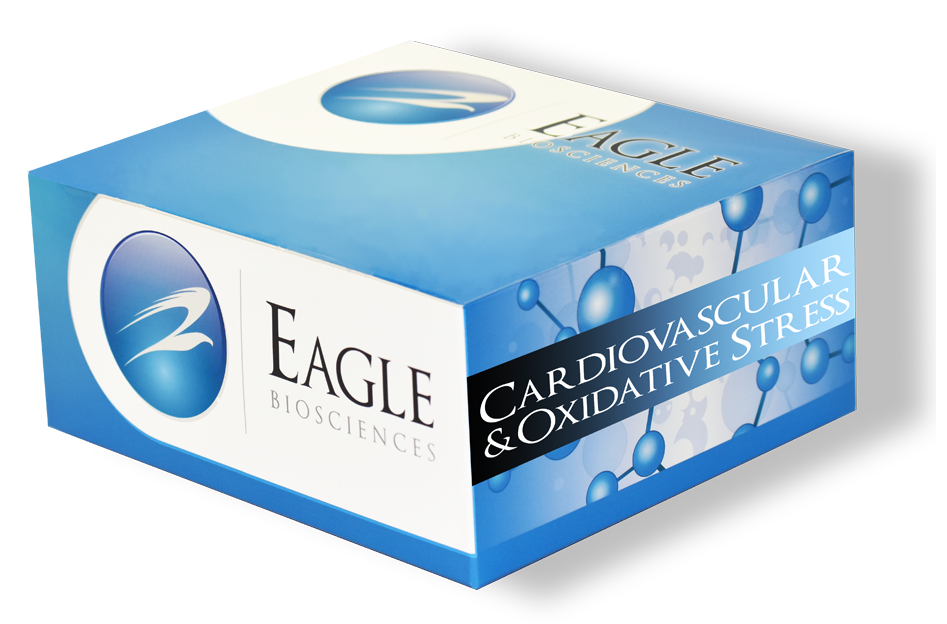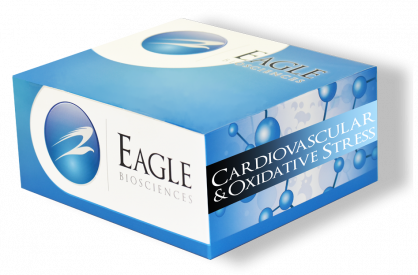Nitrotyrosine EDTA-Plasma ELISA Assay Kit
Nitrotyrosine EDTA-Plasma ELISA Assay Kit manufactured in Germany by Immundiagnostik
Size: 1×96 wells
Standard Range: 4.9-400 nM
Incubation Time: 1h, 1h, 10-20min
Sample Type: EDTA Plasma, Serum, Dried Blood Spots
Sample Size: 15 µl (EDTA Plasma, Serum) | 50 µl (dried blood)
For Research Use Only
Controls Included
Assay Principle
This Nitrotyrosine EDTA-Plasma ELISA Kit is designed for the quantitative determination of nitrotyrosine. The assay utilises the “sandwich” technique. Standards, controls and prepared samples which are assayed for nitrotyrosine are added into the wells of a micro plate coated with polyclonal goat anti- nitrotyrosine antibody. During the first incubation step, nitrated proteins are bound by the immo-bilised primary antibody. Then a peroxidase-conjugated polyclonal goat anti-human serum proteins antibody is added into each microtiter well and a “sandwich” of primary antibody – nitrated protein – peroxidase-conjugate is formed. Tetramethylbenzidine is used as peroxidase substrate. Finally, an acidic stop solution is added to terminate the reaction. The colour changes from blue to yellow. The intensity of the yellow colour is directly proportional to the concentration of nitrotyrosine. A dose response curve of the absorbance unit (optical density, OD at 450 nm) vs. standard concentration is generated, using the values obtained from the standards.
Indications
• Cardiovascular diseases
• Neurological diseases
• Thyroid disturbances
• Blockade of biochemical pathways
• Mitochondriopathy
Consequences of nitrosative stress
• Modification of lipids and proteins (for example structural proteins in mitochondria)
• Inhibition of respiratory chain enzymes in the mitochondria
• Glutamate overload
• Disturbances in ion channels
• Calcium overload
• Initiation of apoptosis processes
Reference range
Based on studies of serum samples of apparently healthy persons (n = 78), the following values were estimated:
Min: 264 nM
Max: 3311 nM
Median: 549 nM
For 95% of this collective (95 percentile) a nitrotyrosine concentration of 1674 nM and less was obtained.
We recommend each laboratory to establish its own reference range.
<
Related Products
Human Nitrotyrosine ELISA Kit
Nitrotyrosine ELISA Assay
Relaxin Assay Kit


